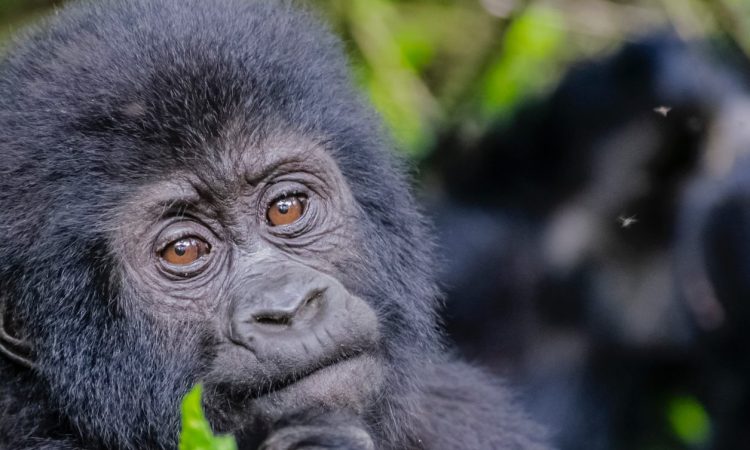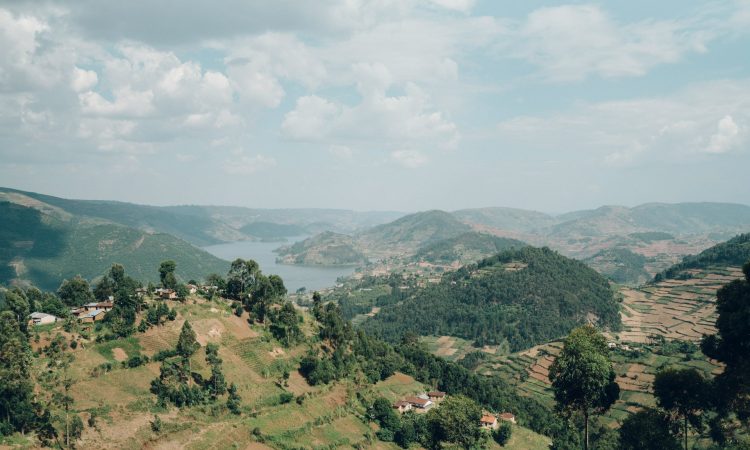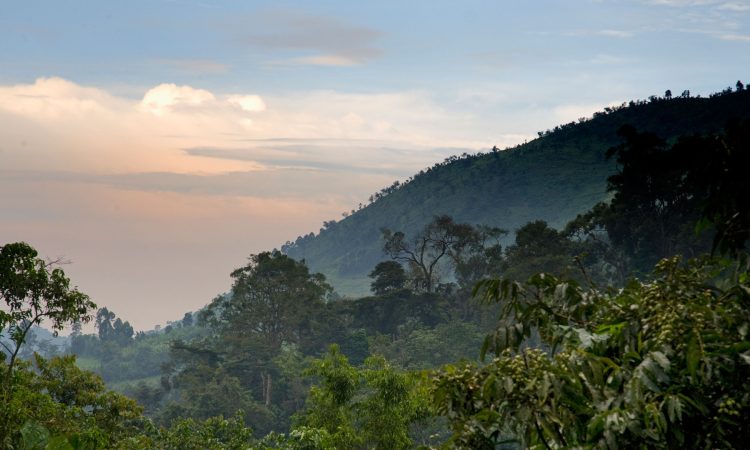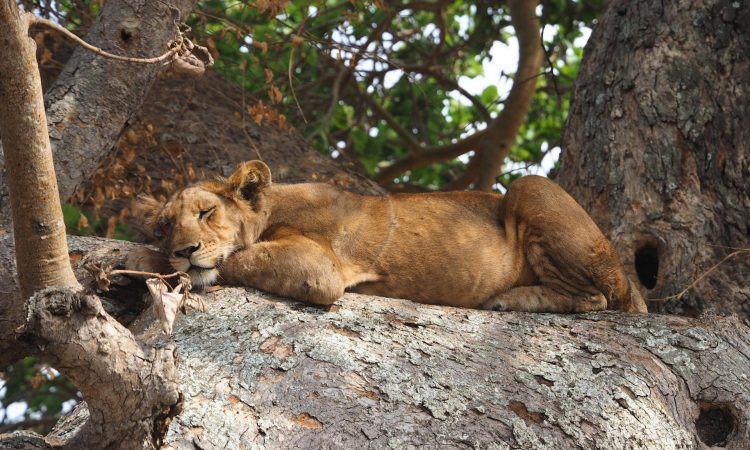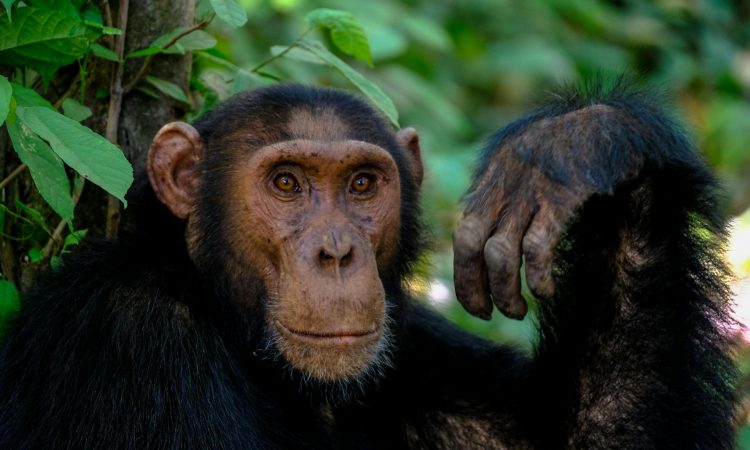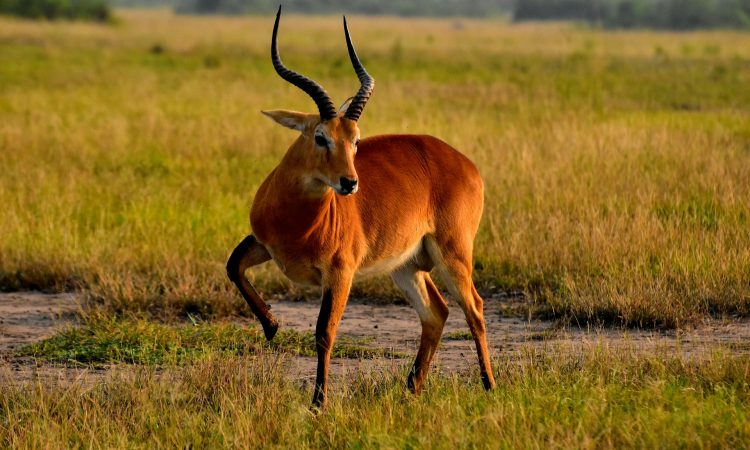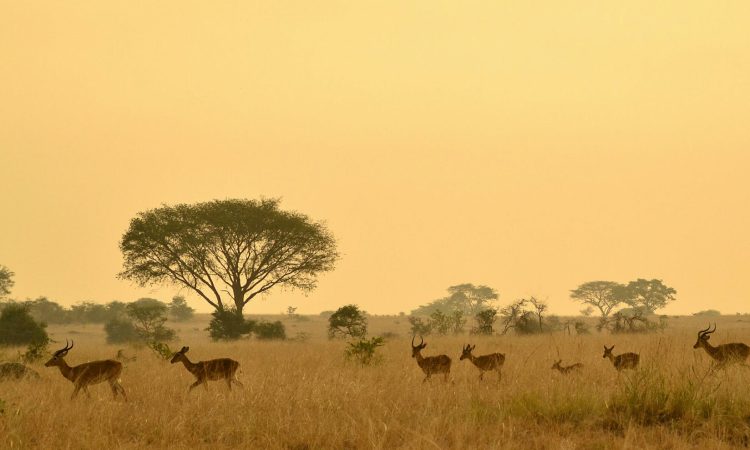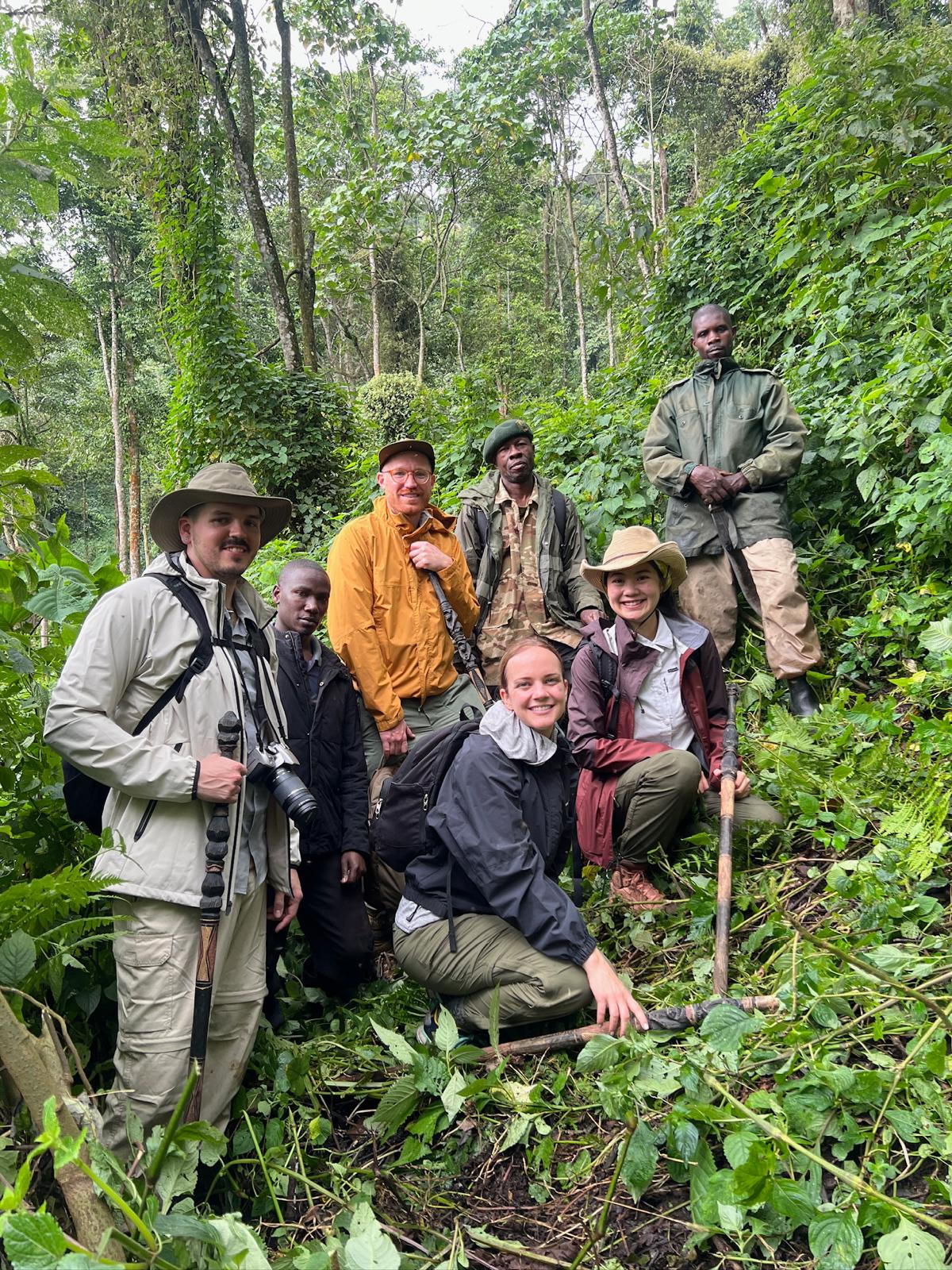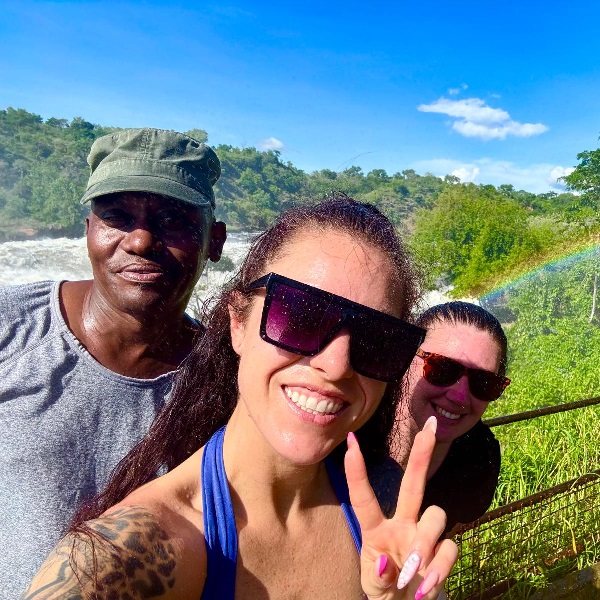Need something special away from ordinary gorilla trekking? Try gorilla habituation in the Rushaga sector of Bwindi Impenetrable National Park instead of normal gorilla trekking in Uganda.
While the internet is filled with personal stories about gorilla trekking experiences, gorilla habituation remains a softly spoken but highly coveted wildlife experience in Africa, albeit slightly expensive.
The gorilla habituation experience involves visitors accompanied by ranger guides, researchers, and trackers. This process literally means training or taming wild mountain gorillas to get accustomed to human presence. This can take up to two years, or sometimes even more, depending on how quickly the gorillas acclimate.
Gorilla habituation involves observing the behaviors, chores, and day-to-day activities of wild gorillas until they become fully accustomed to human presence.
A gorilla habituation permit in Uganda costs $1500 per person, allowing for up to a 4-hour experience with a semi-habituated mountain gorilla family, compared to the usual gorilla trekking experience which lasts only up to one hour.
Gorilla habituation is only conducted in the Rushaga sector in the south of Bwindi Impenetrable National Park, and only four individuals are allowed to participate in habituation per day.
The Day of Gorilla Habituation
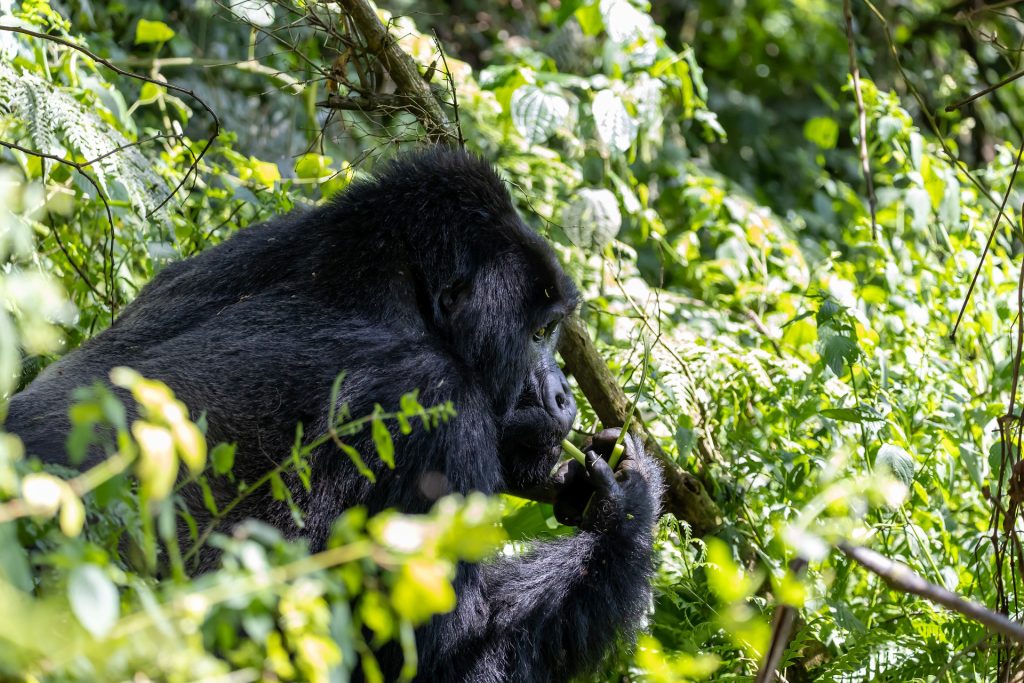
On a typical habituation day, you wake up as early as 6:30 am for breakfast and prepare to meet a specific gorilla family of around 10 individuals.
Early in the morning, you can observe a semi-habituated gorilla family foraging and feeding on figs while visitors move around to get an up-close encounter during the trek. One by one, trekkers can clearly see the giant silverback as he commands his group.
The trek through the unpaved trails amidst Bwindi jungles can sometimes be arduous, but the reward is an extraordinary opportunity to observe a wide range of natural behaviors: from babies as young as 8 months old clumsily swinging from tree to tree, to the mighty silverback taking a rest or curiously observing the new visitors in his territory.
Mountain gorillas move slower than chimpanzees in their feeding habits, so trekkers do not need to walk quickly to catch a glimpse or take a picture.
Since gorilla habituation lasts four hours, trekkers should pack enough lunch, drinking water, and plenty of snacks for the long walks. Smoking, drinking, or eating in the presence of gorillas is prohibited.
Ranger guides will advise on appropriate places to eat and for those needing to use the “bush toilet” for “number two”. Feel free to take as many photos as you wish, provided your camera does not have a flash.
In addition to gorilla habituation, Bwindi National Park offers countless opportunities to encounter many other mammal and primate species, including Black and White Colobus Monkeys, vervet monkeys, baboons, Central African Monkeys, L’Hoests’ Monkeys, Blue Monkeys, and Ugandan Red Colobus Monkeys.
Mammals include Red and Blue Duikers, Sitatungas, Giant Forest Hogs, Bushbucks, forest elephants, Bush pigs, African forest Buffalo, and Common Warthogs. Carnivores such as otter species, Leopards, African Golden cats, etc., are also present.
As an Important Birding Area, Bwindi boasts a prolific population of bird species with an estimated 350 species, including 23 Albertine Rift endemics and 14 not recorded elsewhere in Uganda.
Recorded bird species include African Emerald Cuckoo, African Blue and White-tailed Blue Flycatchers, Red-headed Bluebill, Common Bulbul, Short-tailed Warbler, Blue-headed Sunbird, and 7 IUCN red-listed bird species.
Gorilla habituation tour offers an exhilarating, educational, and adventurous experience you wouldn’t want to miss during your tour in Uganda.


